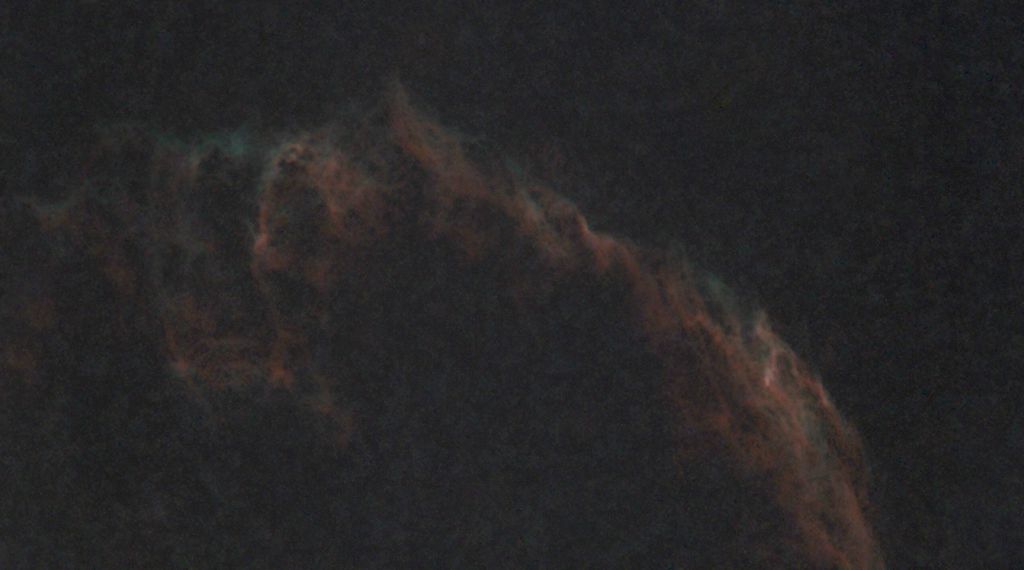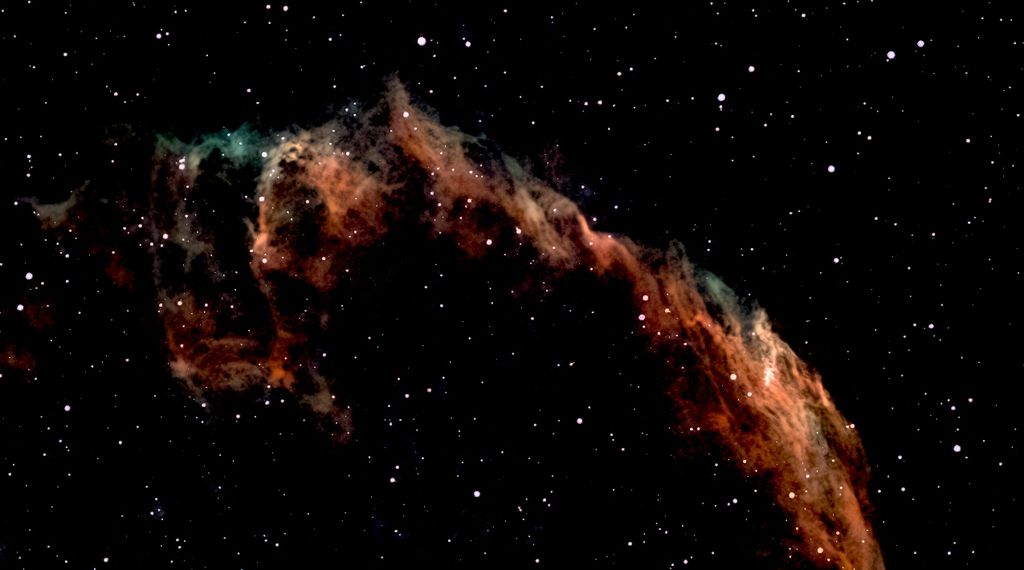I'm new to the hobby of astrophotography. I've run into a problem and can't seem to find a solution.
I am using Siril and StarNet from inside Siril to separate stars. After the process is completed on the starless version, there are still stars. I've tried various stretching intensities, but the stars always remain.
This is an image before using StarNet:
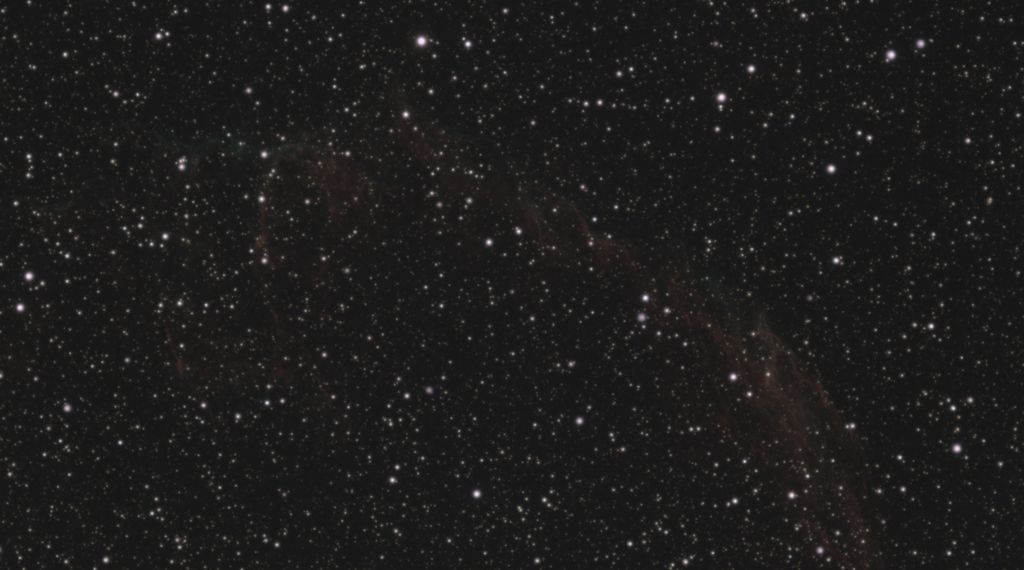
This are the images of starless version and a starmask that are generated:
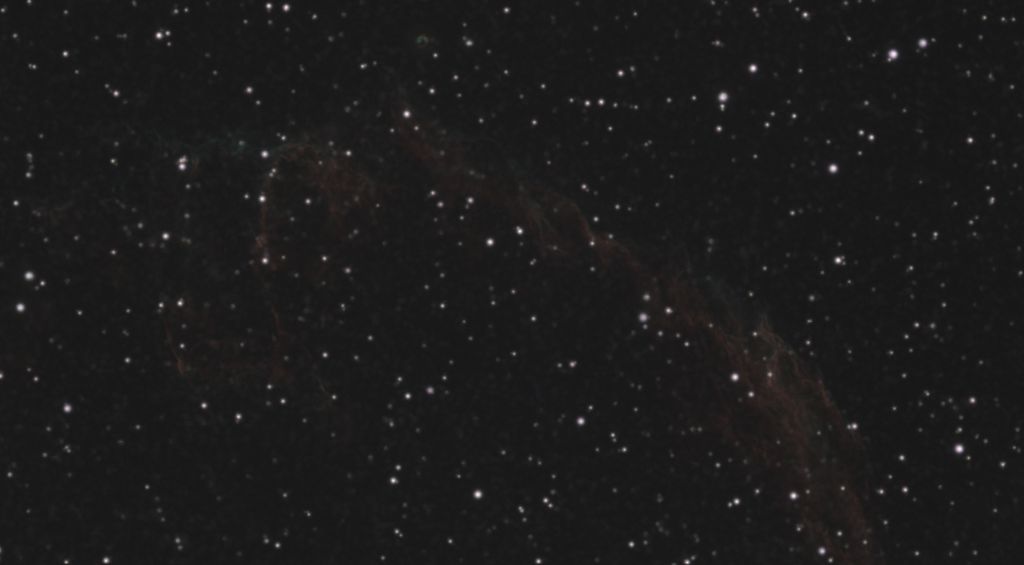
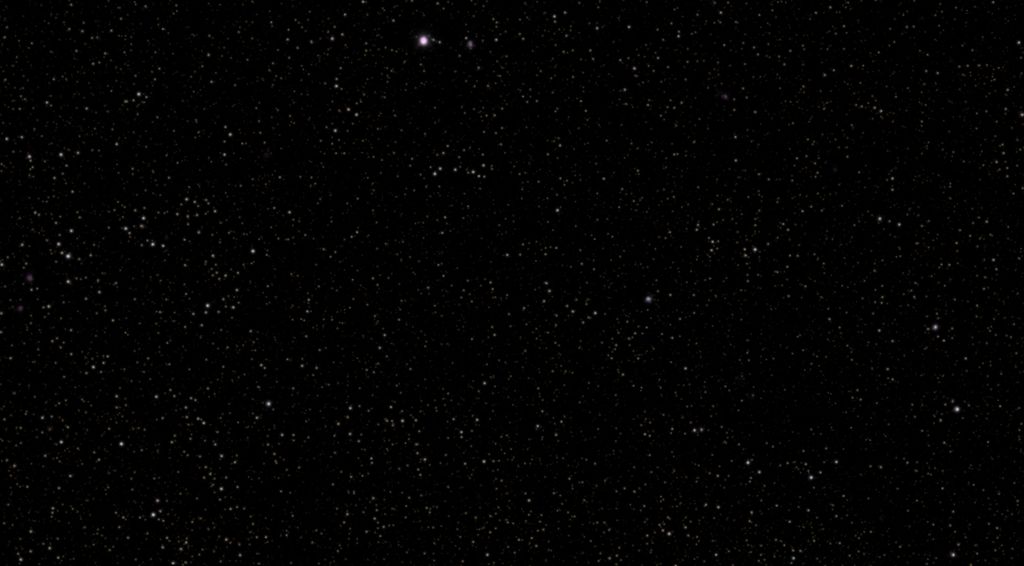
Related to the photography process itself, exposures of 180 seconds and 100 frames were used. I think that the stars in the photo are overexposed and that the focus is not good, but I don't have enough experience to be sure since this is my first photo.
With the data i managed to get this final result:
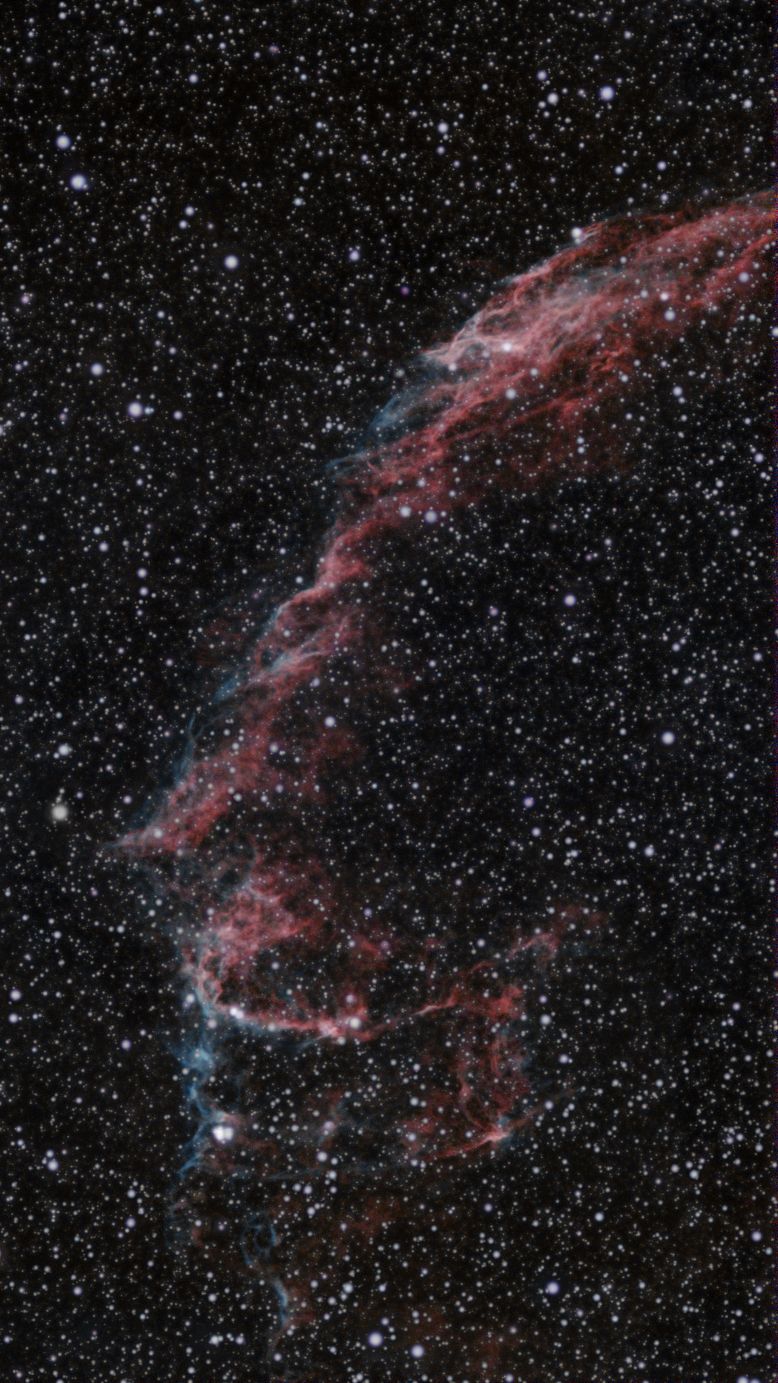
Thank you for all the advice in advance!
Kind Regards!


